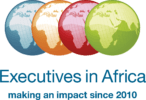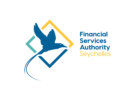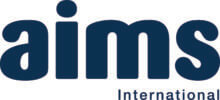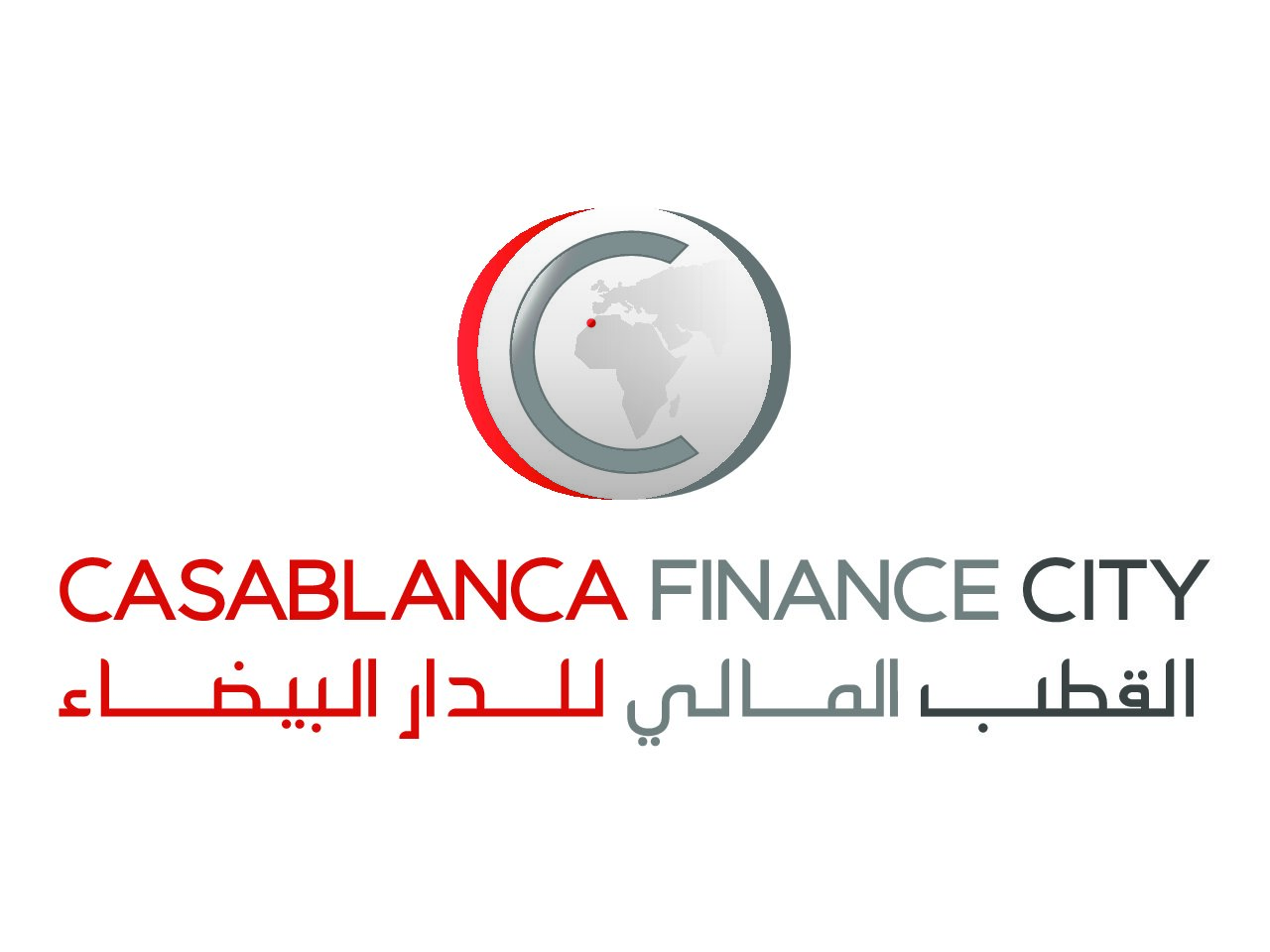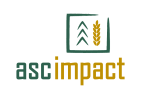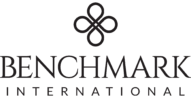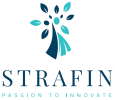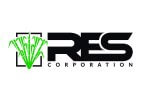Democratic Republic of the Congo mining
The Democratic Republic of the Congo (DRC) is a land of vast mineral wealth. It is home to a rich array of resources, including cobalt, copper, diamonds, gold, and coltan.

These resources play a crucial role in the global supply chain. Especially significant is the DRC’s contribution to the production of cobalt, a key component in electric vehicle batteries.
The mining sector is a cornerstone of the DRC’s economy. It accounts for a substantial part of the country’s GDP and offers potential for economic development and poverty reduction.
However, the industry is not without its challenges. Issues such as illegal mining, smuggling of minerals, and the presence of conflict minerals have led to international scrutiny.
Investment in Congo mining is a high-risk, high-reward proposition. Political instability and infrastructural challenges pose significant hurdles. Yet, the vast mineral wealth offers immense potential.
This article delves into the intricacies of the Congo mining industry. It explores the sector’s role in economic development, the challenges and opportunities in resource management, and the path towards a sustainable and prosperous future.
Overview of the Congo Mining Industry
The Congo mining industry is a significant player on the global stage. It is a major contributor to the world’s supply of essential minerals. The industry is dominated by a few large foreign companies, but there is a push for increased local participation.
The DRC’s mineral wealth includes:
- Cobalt: The DRC is the world’s largest producer, accounting for over 60% of global production.
- Copper: The DRC is Africa’s largest copper producer.
- Diamonds: The DRC is one of the top diamond-producing countries in the world.
- Gold: The DRC has significant gold deposits, although much of the production is artisanal.
- Coltan: The DRC holds large reserves of coltan, used in electronic devices.
Despite the vast mineral wealth, the DRC faces significant challenges. Infrastructure such as roads and electricity is underdeveloped, posing challenges for mining operations. Transparency in the mining sector is an ongoing issue, with calls for more open reporting of revenues and contracts.
The Mineral Wealth of the DRC
The DRC’s mineral wealth is vast and varied. It is home to some of the world’s largest reserves of cobalt, copper, and diamonds. The country also has significant reserves of gold and coltan.

Cobalt is particularly important due to its use in electric vehicle batteries. The DRC’s cobalt reserves are crucial for the global transition to renewable energy. Similarly, coltan, used in electronic devices, is another valuable resource found in the DRC.
However, this mineral wealth has not translated into widespread prosperity. Many Congolese live in poverty, despite the country’s vast resources. This paradox, often referred to as the “resource curse,” is a major challenge for the DRC.
Economic Impact of Mining on the DRC
The mining sector is a cornerstone of the DRC’s economy. It contributes significantly to the country’s GDP and is a major source of foreign exchange. The sector also provides employment for a significant number of Congolese.
However, the benefits of mining are not evenly distributed. Many mining communities remain impoverished and lack basic services. Corruption and poor governance have hindered the fair distribution of mining benefits.
The DRC’s mining revenue management is critical for funding public services and infrastructure development. Effective management of these revenues can help drive economic development and reduce poverty. However, achieving this requires tackling corruption and improving governance in the sector.
Resource Management in the DRC
Resource management in the DRC’s mining sector is a complex issue. It involves a range of stakeholders, including the government, mining companies, local communities, and international actors. The sector faces significant challenges, including illegal mining and smuggling of minerals.
Key aspects of resource management in the DRC’s mining sector include:
- Regulation and enforcement: Ensuring compliance with mining laws and regulations.
- Revenue management: Ensuring that mining revenues are used effectively and transparently.
- Environmental management: Minimizing the environmental impact of mining activities.
- Community engagement: Ensuring that local communities benefit from mining activities.

However, the DRC’s resource management efforts face significant challenges. These include weak governance, corruption, and a lack of capacity and resources. Addressing these challenges is crucial for the sustainable development of the DRC’s mining sector.
Challenges in Resource Management
The DRC’s mining sector faces significant resource management challenges. Illegal mining and smuggling of minerals are major issues. These activities not only deprive the government of revenue but also often involve human rights abuses and environmental damage.
Corruption is another significant challenge. It undermines the fair distribution of mining benefits and hampers efforts to improve governance in the sector. Transparency in the mining sector is an ongoing issue, with calls for more open reporting of revenues and contracts.
The DRC’s legal framework for mining is complex and sometimes contradictory. This leads to legal disputes and uncertainty, hindering investment and development in the sector. The enforcement of mining laws and regulations is also inconsistent, further complicating resource management efforts.
Opportunities for Improvement
Despite these challenges, there are opportunities for improving resource management in the DRC’s mining sector. Strengthening governance is a key priority. This includes improving transparency, tackling corruption, and enhancing the enforcement of mining laws and regulations.
Technological advancements offer opportunities for improving efficiency and safety in Congo mining. For example, digital technologies can help track and manage mineral resources, reducing illegal mining and smuggling. They can also improve safety and working conditions in mines.
Training and education for local workers can contribute to more sustainable mining practices. This includes training in environmental management, safety procedures, and legal compliance. Such training can also help local communities better understand their rights and responsibilities in relation to mining activities.
Finally, partnerships between the DRC government, mining companies, and local communities are essential. These partnerships can help ensure that mining activities are conducted responsibly and that the benefits are shared fairly. They can also help build trust and cooperation among different stakeholders, which is crucial for the sustainable development of the DRC’s mining sector.
The Role of Artisanal Mining
Artisanal mining plays a significant role in the Congo mining industry. It involves small-scale, labor-intensive mineral extraction, often by individuals or small groups. Many local communities in the DRC are dependent on artisanal mining for their livelihoods.
Key aspects of artisanal mining in the DRC include:
- Production: Artisanal miners produce a significant portion of the DRC’s mineral output.
- Employment: Artisanal mining provides employment for a large number of people, often in areas with few other job opportunities.
- Livelihoods: For many people in the DRC, artisanal mining is a crucial source of income.

However, artisanal mining in the DRC is associated with numerous challenges. These include poor working conditions, human rights abuses, and environmental damage. Addressing these challenges is crucial for the sustainable development of the DRC’s mining sector.
Working Conditions and Human Rights
Working conditions in the DRC’s artisanal mines are often hazardous. Miners typically lack proper equipment and safety measures. Accidents are common, and miners often suffer from health problems related to their work.
Child labor is a serious issue in the DRC’s artisanal mines. Many children work in dangerous conditions, often for little pay. This is a serious human rights concern that the industry and the international community are grappling with.
Artisanal miners often work in a legal gray area. They may lack formal rights to the land they mine, making them vulnerable to exploitation and abuse. Ensuring the rights and safety of artisanal miners is a key challenge for the DRC’s mining sector.
The Path to Formalization and Sustainability
The DRC’s artisanal mining sector needs support to formalize and become more sustainable. Formalization involves recognizing and regulating artisanal mining, providing miners with legal rights and protections. It can also involve providing miners with training and support to improve their practices and livelihoods.
The DRC government has made efforts to formalize the artisanal mining sector. However, progress has been slow and uneven. Many artisanal miners still operate outside the formal system, facing insecurity and exploitation.
International support can play a crucial role in supporting the formalization and sustainability of the DRC’s artisanal mining sector. This can include providing funding and technical assistance, promoting responsible sourcing practices, and advocating for the rights of artisanal miners.
Economic Development and the Mining Sector
The mining sector is a cornerstone of the DRC’s economy. It contributes significantly to the country’s Gross Domestic Product (GDP). The sector also provides employment for a large number of people.
Key aspects of the relationship between the mining sector and economic development in the DRC include:
- Revenue: The mining sector generates substantial revenue for the DRC government.
- Employment: The mining sector is a significant employer, providing jobs for many people.
- Infrastructure: Mining operations often involve the development of infrastructure, such as roads and electricity, which can benefit local communities.
However, the mining sector’s contribution to economic development in the DRC faces several challenges. These include corruption, poor governance, and the unequal distribution of mining benefits. Addressing these challenges is crucial for the mining sector to contribute effectively to economic development in the DRC.
Investment and Infrastructure
Investment in the Congo mining industry is both a high-risk and high-reward proposition. The DRC’s vast mineral wealth offers significant potential returns. However, political instability, infrastructural challenges, and regulatory uncertainties pose risks for investors.
Infrastructure in the DRC, such as roads and electricity, is underdeveloped. This poses challenges for mining operations. However, mining investments can also contribute to infrastructure development. For example, mining companies often build roads to transport their products, which can also benefit local communities.
Chinese investment plays a substantial role in the Congo mining industry. China is a major consumer of the DRC’s minerals and a significant source of investment in the mining sector. The role of Chinese investment in the DRC’s mining industry is likely to continue growing in the future.
The Future of Mining and Economic Growth
The future of the DRC’s mining industry is likely to be influenced by global trends. The growing demand for electric vehicles and renewable energy technologies is increasing the importance of minerals like cobalt and lithium, which are found in the DRC. This could provide opportunities for growth in the DRC’s mining sector.
However, the future of the DRC’s mining industry also depends on addressing its current challenges. These include improving governance, managing resources effectively, and ensuring the benefits of mining are shared equitably. If these challenges are addressed, the mining sector could play a crucial role in driving economic growth and reducing poverty in the DRC.
The international community also has a role to play in shaping the future of the DRC’s mining industry. This includes promoting responsible sourcing practices, providing aid and technical assistance, and supporting efforts to improve governance and management in the mining sector.
Regulatory Framework and International Standards
The Democratic Republic of the Congo’s mining industry operates within a complex regulatory framework. This includes both national laws and international standards. The DRC’s mining code is a key part of this framework.
Key aspects of the regulatory framework for the Congo mining industry include:
- Mining Code: The DRC’s mining code includes provisions for royalties, taxes, environmental protection, and community development.
- International Standards: The DRC’s mining industry is subject to international standards, such as the OECD Guidelines for Multinational Enterprises and the Extractive Industries Transparency Initiative (EITI).
However, the enforcement of these regulations and standards is often inconsistent. This is due to challenges such as corruption, lack of capacity, and political instability.
Mining Regulations in the DRC
The DRC’s mining code is a key part of the country’s regulatory framework for mining. It includes provisions for royalties, taxes, environmental protection, and community development. The DRC government has made efforts to reform the mining code to increase royalties and taxes.
However, the enforcement of the mining code is often inconsistent. This is due to challenges such as corruption, lack of capacity, and political instability. There are also issues with the legal framework for mining being complex and sometimes contradictory, leading to legal disputes and uncertainty.
International Scrutiny and Compliance
The DRC’s mining industry is subject to international scrutiny due to the presence of conflict minerals. This has led to the implementation of regulations like the Dodd-Frank Act, which requires companies to disclose their use of conflict minerals.
The DRC is also a member of the Extractive Industries Transparency Initiative (EITI). This initiative aims to improve governance in the mining sector through transparency and accountability. However, the DRC’s compliance with EITI standards has been inconsistent.
The international community plays a role in shaping the Congo mining industry through trade policies and ethical sourcing initiatives. These initiatives aim to promote responsible sourcing practices and improve governance in the mining sector.
Environmental and Social Considerations
The environmental and social impacts of the Congo mining industry are significant. Mining activities can lead to deforestation, soil erosion, and water pollution. These environmental impacts can have serious consequences for local communities and ecosystems.
Key environmental and social considerations in the Congo mining industry include:
- Environmental Impact: Mining activities can lead to deforestation, soil erosion, and water pollution.
- Social Impact: Mining can have significant social impacts, including displacement of communities, labor rights issues, and health risks.

Environmental Impact of Mining Activities
Mining activities in the DRC can have serious environmental impacts. These include deforestation, soil erosion, and water pollution. The mining code includes provisions for environmental protection, but enforcement is often inconsistent.
Deforestation is a major concern, as mining activities often involve clearing large areas of forest. This can lead to loss of biodiversity and increased carbon emissions.
Water pollution is another significant issue. Mining activities can contaminate water sources with harmful chemicals, affecting both human health and aquatic ecosystems.
Corporate Social Responsibility (CSR) in the Mining Industry
Corporate Social Responsibility (CSR) is becoming increasingly important in the Congo mining industry. Mining companies are expected to contribute to community development and mitigate their environmental impact.
Many mining companies have CSR programs in place. These programs aim to support local communities through initiatives such as education, healthcare, and infrastructure development.
However, the effectiveness of these CSR programs can vary. There is a need for more transparency and accountability in how mining companies implement their CSR initiatives.
Conclusion and the Way Forward
The Democratic Republic of the Congo’s mining industry is at a critical juncture. With vast mineral wealth, it has the potential to drive significant economic development. However, this potential can only be realized with effective resource management, improved governance, and responsible mining practices.
The challenges facing the Congo mining industry are complex and multifaceted. They include environmental and social impacts, regulatory compliance, and the need for infrastructure development. Addressing these challenges will require concerted efforts from all stakeholders, including the government, mining companies, local communities, and international partners.
Looking ahead, the future of the Congo mining industry will likely be shaped by global trends, such as the growing demand for electric vehicles and renewable energy technologies. These trends present both opportunities and challenges for the DRC. With the right policies and practices in place, the Congo mining industry can contribute to sustainable economic development and improved livelihoods for the Congolese people.


